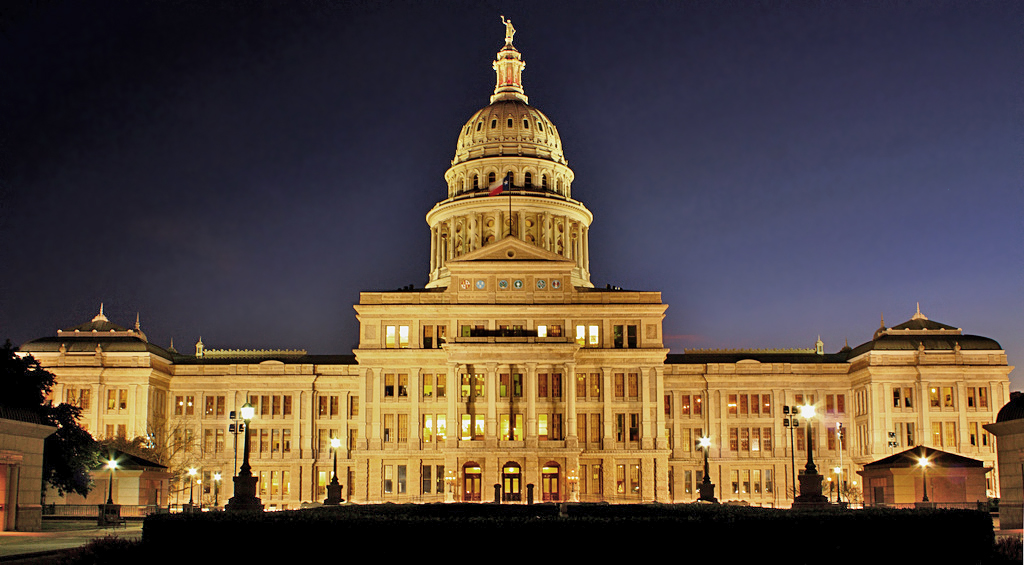Utah first state to take action to make roads safer
So what should we do in a serious drinking state like Texas?
Texas must also lower DWI limit to .05
It is only a matter of time before the next drunken driving crash happens. The statistics are, well, sobering. Every 20 minutes, someone will be injured or killed in Texas due to an alcohol-impaired driver.
Each day, 29 people lose their lives in the United States, one every 51 minutes. That added up to about 10,500 people in 2016.
These are shocking statistics.
We need try to stop these preventable crashes from happening in the first place.
Admittedly, this proposal is controversial. Drinking alcohol is part of our DNA in Texas.
And the Texas legislature was almost the very last group of legislators in the country to make texting while driving a crime – and only after watering down the bill so much that it is largely ineffective.
But people could still drink as much as they want. They would just have to call Uber or Lyft or have a designated driver take them home.
National Safety Board wants rate lowered across the country
Furthermore, commercial truck drivers cannot exceed .04% in the United States. There’s a reason for that: federal law assumes that someone driving such a heavy vehicle is dangerous to other drivers after that level.
It’s time to fix the problem
The BAC used to be .10 in Texas. But after a tragic crash 20 years ago on December 19, 1998, that changed. A man with a BAC of .16 plowed into a group of cheerleaders from the town of Brock west of Fort Worth, taking the lives of four teenagers. Their parents helped convince the state legislature to lower the limit to .08 and Texas became the 17th state to do so in 1999. Guess which state was the first? Utah — in 1983.
And it used to be legal in Texas for a driver to drink and guzzle a beer, but the legislature did away with that right in 1987.
It’s no surprise that the main opposition to this idea comes from the powerful liquor industry. The American Beverage Institute has claimed that in certain cases, even one alcoholic beverage could put someone over the new limit. But that’s not true. According to standard blood testing charts, the average person would have to have consumed five beers, or two-thirds of a wine bottle, in one hour to get to the .05 level.



